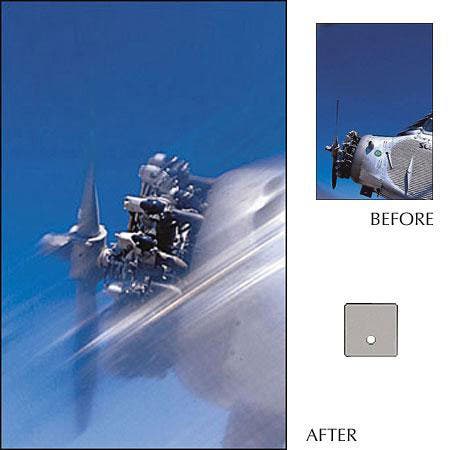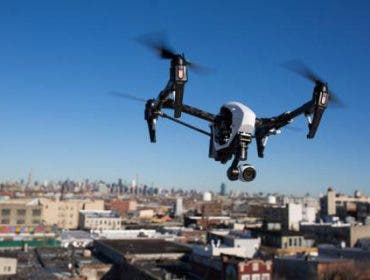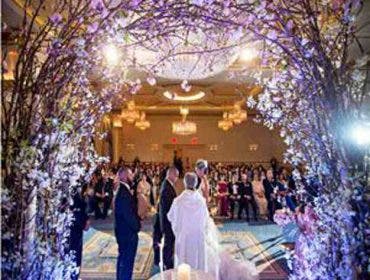Time, properly controlled, can establish the mood and appearance of your photographs and allow you to make a definitive statement. Uncontrolled or carelessly set, it can result in lackluster images that say very little to the viewer.
Indeed, some photographs have represented time in visual terms so effectively they’ve actually influenced the way we perceive speed and show time and motion in print!
The predominant photographic time factor that you, the photographer, have control over is shutter speed. (The type of shutter in your camera is another important consideration because it affects how motion is visually recorded. I’ll get to that soon.)
Watch your speed
As you know, the shutter speed mainly affects the way movement is represented in a photograph. Slow shutters tend to blur moving subjects while faster shutter speeds record moving objects more crisply by freezing the action. I’ve included examples of both types below.
Sports and action subjects are prime candidates for manipulating the visual impact of your pictures via the shutter-speed control. Much has been written about fast versus slow shutters and panning, so I won’t go into any great detail on these processes which have already been covered for the Adorama Academy by my able colleague, Elinor Stecker-Orel. What I want to focus on is how these techniques can, and indeed have, influenced the way we perceive speed and motion.
First, the basics. Here is a set of go-kart photos. The first one was shot at a fast shutter speed, the second at a slower shutter speed while panning the camera.
 Here are two more illustrative images. The first is totally blurred by a slow shutter speed with no panning. The second, also taken at a slow shutter speed, adds just a bit of panning.
Here are two more illustrative images. The first is totally blurred by a slow shutter speed with no panning. The second, also taken at a slow shutter speed, adds just a bit of panning.
 Which of these four photos is the most effective in conveying a feeling of speed? Which one is second best? The answer to both questions: It’s a very personal choice.
Which of these four photos is the most effective in conveying a feeling of speed? Which one is second best? The answer to both questions: It’s a very personal choice.
When you interpret the subject based on your own subjective criteria, you make it your individual statement. That’s why it’s so important to make it say what you want to convey to the viewer.
It’s your choice
Some like the panned look. Others prefer stop-action. Still others like a lot of blur. However, the best approach is to consider all of these possibilities before making your choice. Also, with a subject that has lots of repetitive action (e.g. a motorcycle race around an oval track) it’s often possible to make more than one good choice.
Is shutter speed selection always important? It may be less so when you’re taking casual portraits of family members or friends. If your subjects are posed or relatively stationary, it may not matter much whether you’re shooting at 1/60 or 1/250 sec. You can even leave your camera in program mode and get pretty good results.
But when you want to record action in a manner that makes an artistic statement, shutter speed selection is crucial. Here are a few photos I took at a polo match, all using slow shutter speeds. I should point out that you need one piece of gear to use slow shutter speeds in bright sunlight—I was using shutter speeds of 1/8 to 1/15 sec for my polo shots.
To reduce the light enough to use such slow shutter speeds, I attached a Tiffen #9 neutral density filter to my Tamron 70-300mm zoom lens. The long lens helped to bring the action in close yet keep me safely away from the speeding horses. Instead of shooting handheld, I used a heavy-duty Gitzo tripod to minimize camera shake. My first tries using a lighter tripod were ruined by camera shake, the effects of which are emphasized by the magnifying effect of a telephoto lens.
 The Lartigue effect
The Lartigue effect
Earlier, I mentioned types of shutters and how they can affect the way we perceive speed in photographic images. Here’s a classic example. Take a really close look at this memorable photo by Jacques Henri Lartigue taken at an automobile race in 1912.
http://www.guardian.co.uk/arts/gallery/0,8542,1245426,00.html
Obviously Lartigue panned his camera in the direction of the car’s motion. But take a look at the spectator in the background. He’s tilted to the left. The racecar’s wheel is tilted to the right, and appears oval rather than circular!
How can this be?
It’s because Lartigue’s old-fashioned camera was fitted with a large focal-plane shutter. This shutter moved vertically, exposing only one narrow strip of film at a time through a slit formed in between the fabric shutter curtains. As the camera panned along with the car, the spectator was recorded tilted to the right, since the shutter only exposed part of his body at a time. Similarly, the car, and in particular the wheels, were distorted to the right.
How did this and similar photos affect our perception of speed? Just look at popular children’s books like Dr Seuss’s “Green Eggs And Ham” and countless comic books. The wheels of speeding vehicles are often drawn tilted forward just as they are in Lartigue’s photo!
There are many other examples. Look for them. By the way, leaf shutters, and the smaller, faster-moving focal-plane shutters in 35mm and digital SLRs will not distort moving subjects to nearly the same degree as the large focal-plane shutters found in many ancient cameras, so don’t expect to see many “Lartigue” effects in your pictures.




